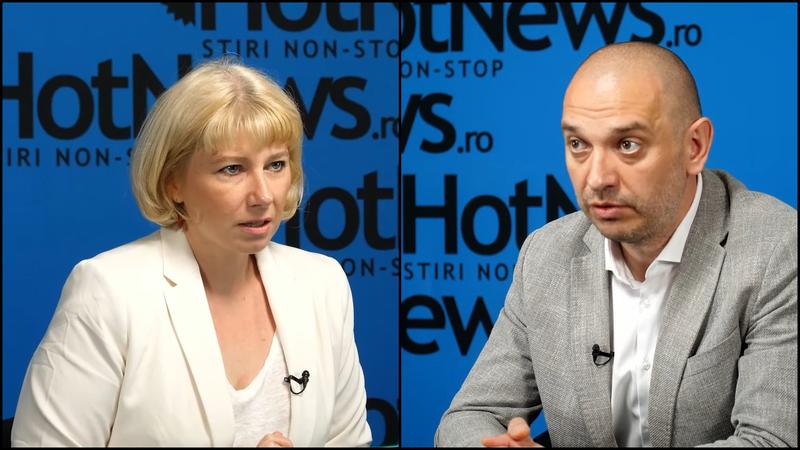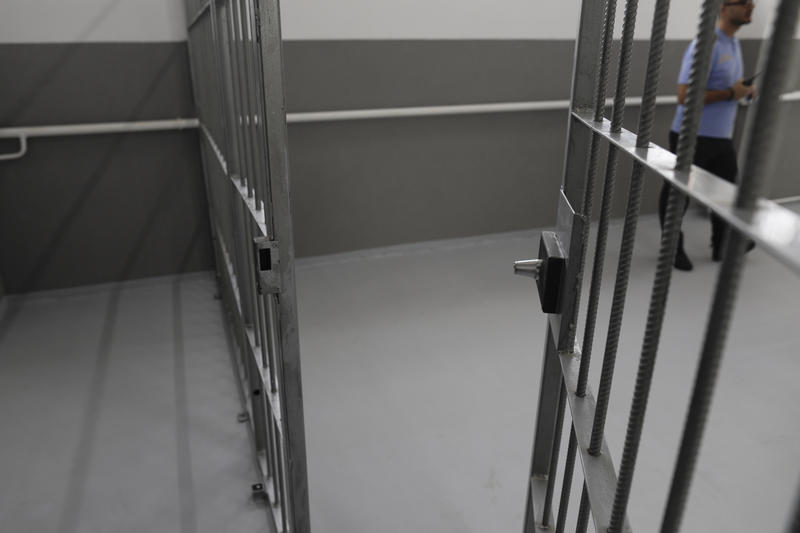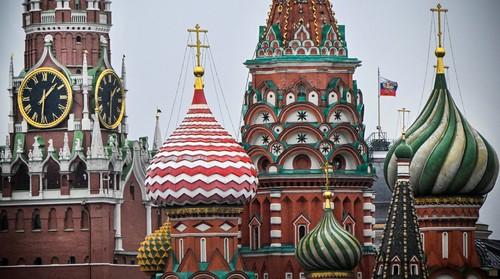In the very first days of the year, foreign economists and rating agencies warn Romania that its macroeconomic targets are at risk. The World Bank, the United Nations Organization, Moody’s and other foreign analysts pointed at the fact that the Romanian economy vulnerabilities are larger than the ones in neighboring economies. Higher inflation, lower economic growth and the fact that some influence from the global financial crisis may influence the Romanian economy are the major reasons for concern.
The Romanian Central Bank (BNR) has a 3.8 +/- 1% inflation target for 2008, while the National Prognosis Commission expects a 6.5% economic growth. International warnings on the fact that the targets may not be achieved seem to be unstoppable.
World Bank experts see a maximum economic growth of 5.9% in 2008, given the large discrepancy between the consumption growth and the average income. A study made by the United National also revealed that a 5.8% inflation rate may be expected this year, while the same study indicates an economic growth of only 5.5%.
In 2007, two major rating agencies - Standard & Poor's (S&P) and Coface - lowered Romania's grades. In November, Standard & Poor's negatively revised the rating for Romania from "stable" to "negative", given the limited response of the authorities in front of the growing imbalance in the foreign trade.
Coface decreased the rating from A4 to A4-, also due to the current account deficit growth, the slowdown in economic growth and reforms, as well as the lack of stability in politics.
"Romania needs to invest in infrastructure and in fighting poverty, on one hand, and still has to cut expenses in order to reduce the current account deficit and attemper the inflation", German daily Handelsblatt wrote, adding that the global financial crisis takes over the Eastern Europe, where Romania presents the highest risk.



















